No espresso makes one depresso, and if reports are true, coffee lovers will be moody and knackered when the world runs out of its fix by 2080. Half a trillion cups are drunk every year and Americans make up the most of that figure with more than 330 million cups consumed. If asked “how do you take your coffee?” and you reply with “seriously”, then it’s time to get to know your beans a little better and where coffee comes from. Where better than the 5 countries that produce the most coffee?
Read also: These are the best cups of coffee in the entire world.
#1 Brazil
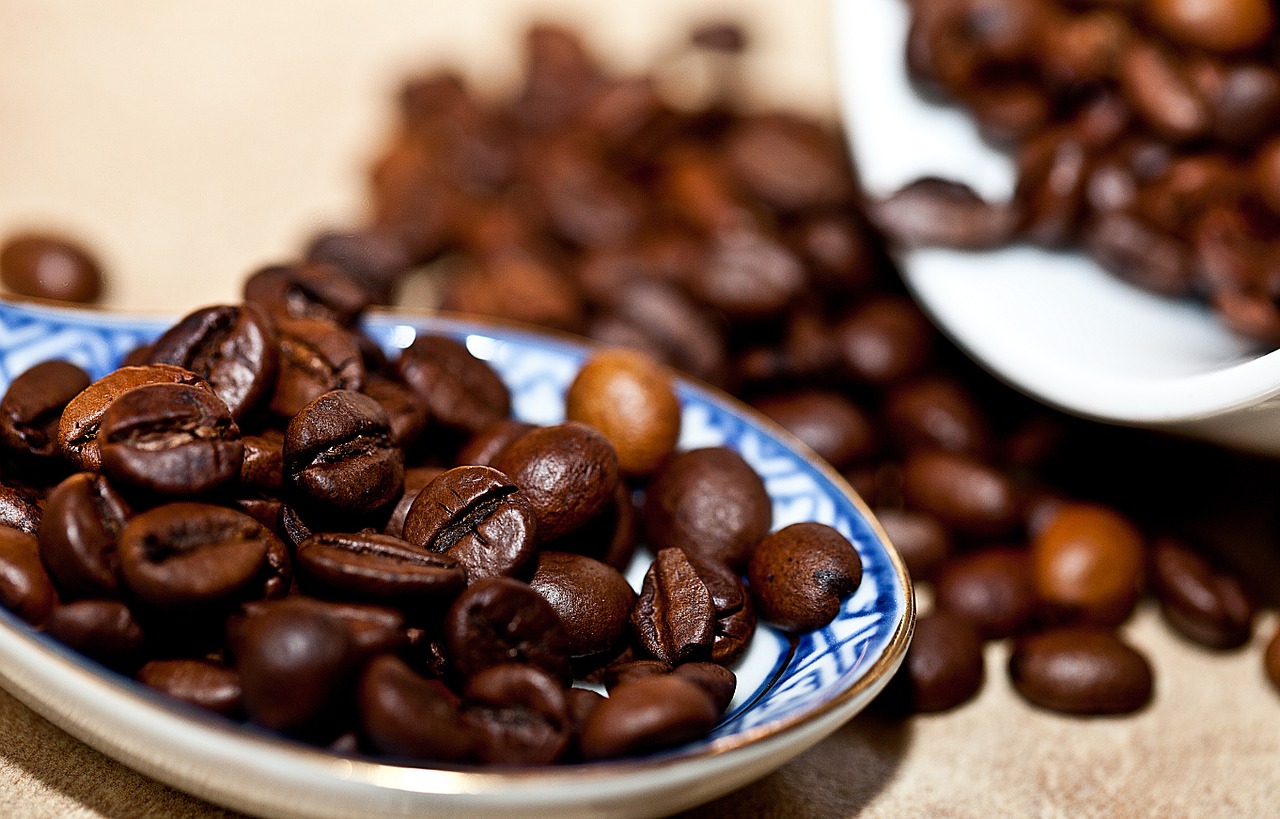
The latest buzz: 2.7 million metric tons produced.
Coffee has always played a huge part in the economic development of the country. Introduced to Brazil in the 18th century by the French, the growing addiction to caffeine in Europe helped Brazil become the largest coffee producer since 1840. The Brazilian speciality,
Also travel for: The pristine beaches and landscapes. 2,000 beaches stretch across the Brazilian shoreline and how could anyone say no to the Amazon? And well, the beautiful people.
#2 Vietnam
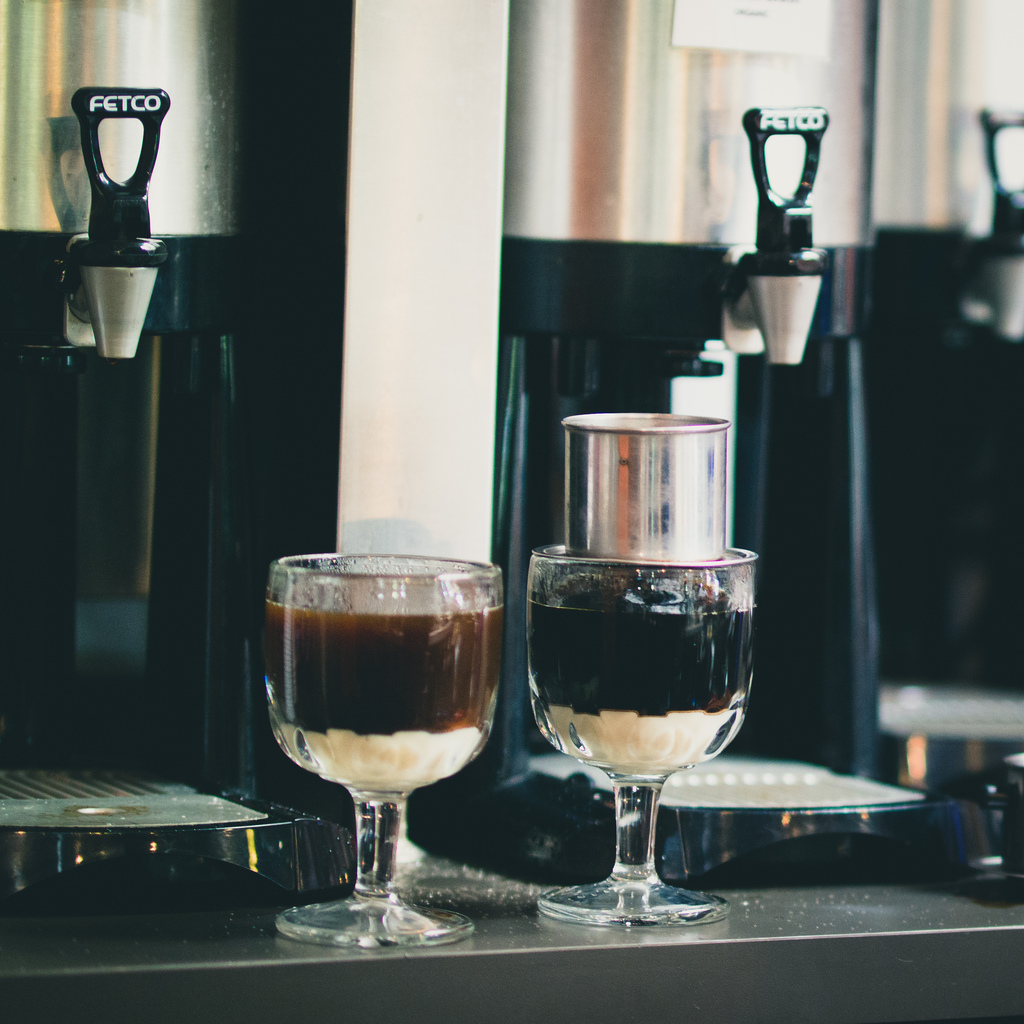
The latest buzz: 1.65 million metric tons produced.
In the 80s, coffee became a major export and has increased its production by 20% to 30% each year to meet demands. The secret to their quick success was to focus on growing the cheaper Robusta beans. It has twice the ammount of caffeine as arabica beans and a rather bitter taste — just the way plenty of people like it.
Also travel for: Ha Long Bay in northeast Vietnam, a cluster of small islands and sheer cliffs for adventure-seekers. Then there’s a list of everything else you need to do in Hoi An, Vietnam. What’s coffee without the famous banh mi sandwich?
#3 Colombia
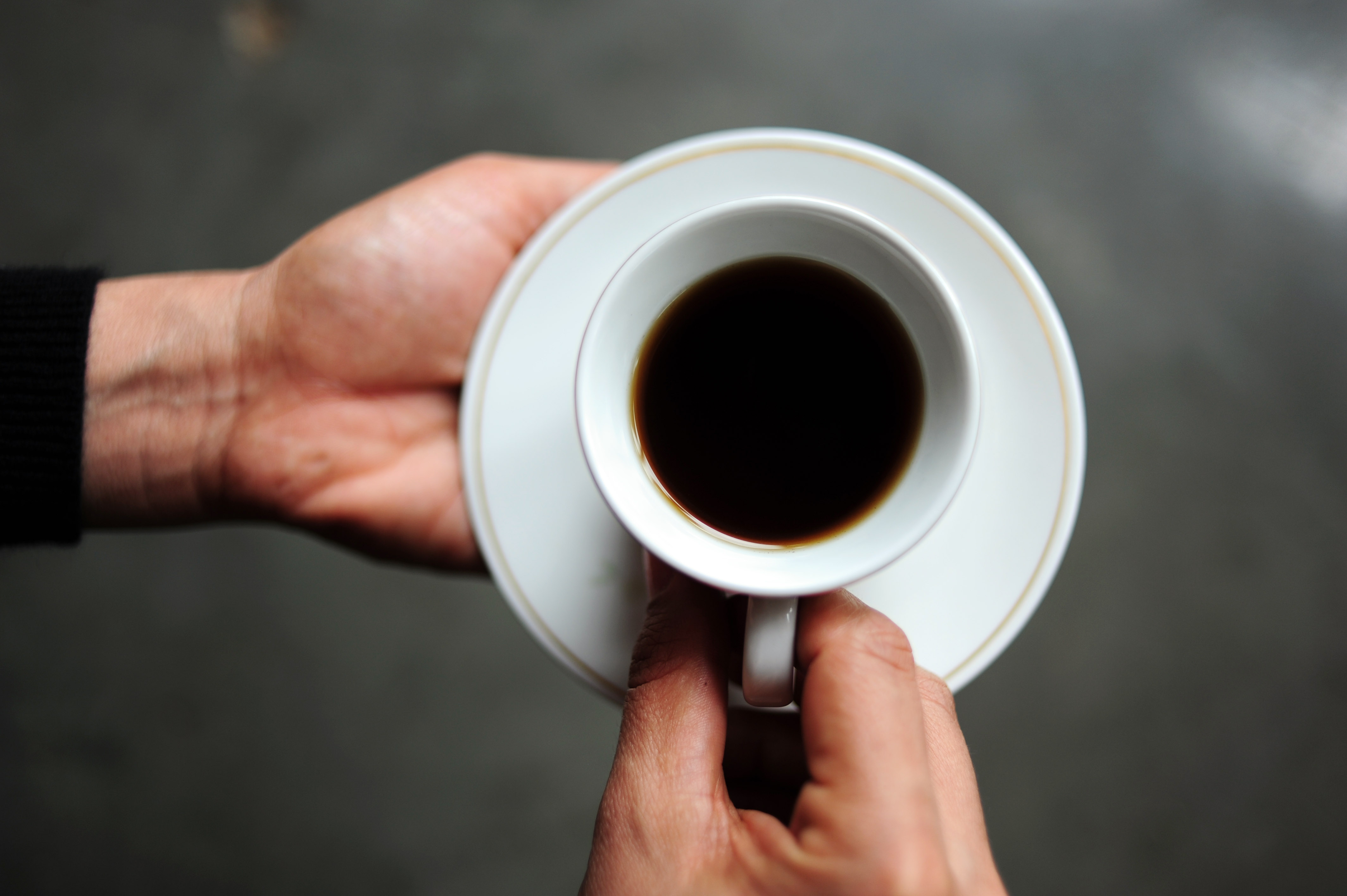
The latest buzz: 696,000 metric tons produced.
What’s interesting about Colombian coffee is that it was initially the product of great marketing. A popular advertising by the the National Federation of Coffee Growers of Colombia in 1958 featured a fictional coffee farmer named Juan Valdez. Valdez produces the finest mild, well-balanced arabica beans, that’s for sure.
Also travel for: Adventure! The Andes enters Colombia from Ecuador, giving it the perfect setting for thrill-seekers with non-stop activities like zip lining, paragliding, horseback riding, dirt biking, and rapelling down waterfalls.
#4 Indonesia
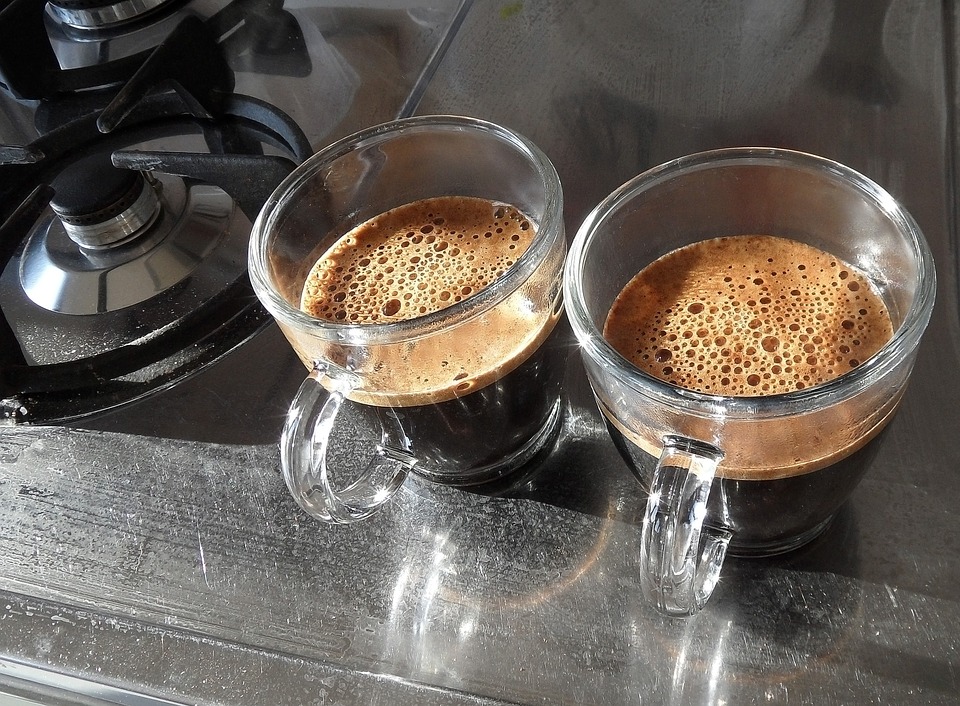
The latest buzz: 411,000 metric tons produced
Thanks to Indonesia’s climate, the country is now the second-largest exporter of Robusta beans. It’s estimated that there are 1.5 million independent farms in the land, and just a handful of large-scale operations. Indonesia is known for producing one of the most expensive coffee beans in the world, called kopi luwak. The subject of much controversy, the beans are harvested from the feces of Asian palm civets.
Also travel for: Bali, of course; one of our favourite places in the world — party in Seminyak, take surf lessons in Canggu, go holistic in Ubud. Why not, when there’s always a great deal for a villa around.
#5 Ethiopia
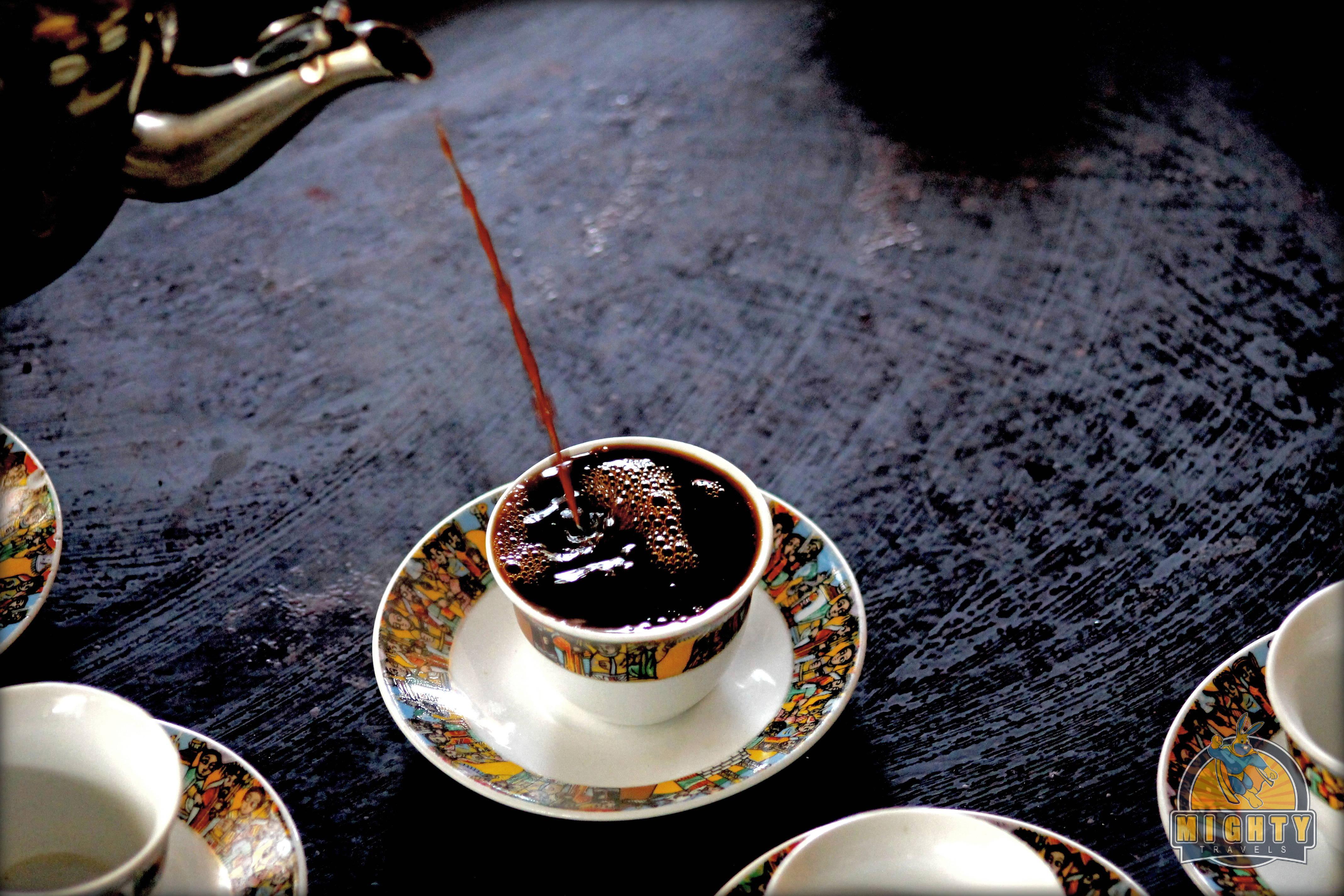
The latest buzz: 390,000 metric tons of coffee produced
The very first Arabica coffee plant was found in Ethopia, all the way back in the ninth century. Legend has it that a goat herder realised the power of caffeine after he noticed how jolted his herd was. Today, it’s estimated that 15 million Ethiopians depend on the coffee industry for their livelihood.
Also travel for: Wildlife-spotting, with many unique animals like the Ethiopian wolf, Walia ibex, Gelada baboon and the mountain nyala.





